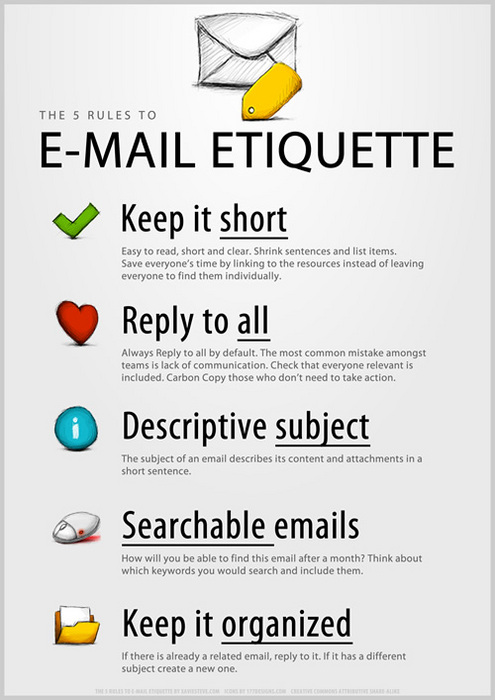
Tone and formality
Tone and formality are critical aspects of communication, especially in a professional setting. They can significantly influence how your message is perceived and received. Here’s an overview of how to approach tone and formality in your communications:
Understanding Tone
-
What is Tone?
- Tone refers to the attitude or emotional inflection that accompanies your words. It can convey respect, enthusiasm, sincerity, concern, or a range of other emotions.
-
Importance in Communication
- Tone helps to convey your message’s underlying feelings or intentions. It’s not just what you say but how you say it.
-
Tone in Writing
- In written communication, tone is conveyed through word choice, sentence structure, punctuation, and the level of formality. Since there are no vocal cues, it’s essential to be mindful of how your words might be interpreted.
Understanding Formality
-
What is Formality?
- Formality is the level of professional or ceremonial decorum you maintain in your communication. It’s reflected in your choice of words, sentence structure, and overall approach to conveying your message.
-
Formal vs. Informal Communication
- Formal communication is more structured, follows specific conventions, and often uses more complex language. Informal communication is more casual and conversational.
Adjusting Tone and Formality
-
Know Your Audience
- Understanding who you are communicating with is crucial. Adjust your tone and formality based on your audience’s expectations, relationship with you, and the context.
-
Purpose of Communication
- The reason for your communication also dictates tone and formality. For example, a formal report or proposal will have a different tone and level of formality compared to an internal team update.
-
Cultural Sensitivity
- Be aware of cultural norms and expectations. Different cultures have varying perceptions of what is considered formal or informal.
-
Consistency
- Maintain a consistent tone and level of formality throughout your communication. Inconsistencies can confuse your audience or weaken your message.
Tips for Effective Tone and Formality
-
Formal Communication
- Use complete sentences, proper grammar, and specific terminology.
- Avoid slang, contractions, and overly casual language.
- Suitable for legal documents, official letters, academic papers, and high-level business meetings.
-
Semi-Formal Communication
- A mix of formal and casual language.
- Appropriate for business emails, general workplace communication, and presentations.
-
Informal Communication
- Conversational and relaxed.
- Use simple language, contractions, and colloquial expressions.
- Suitable for internal communications with colleagues you know well, casual emails, or when the situation allows for a more relaxed approach.
Remember, the appropriate tone and level of formality depend on the context, your relationship with the audience, and the message you want to convey. Being able to adjust these elements effectively is a key skill in successful communication.